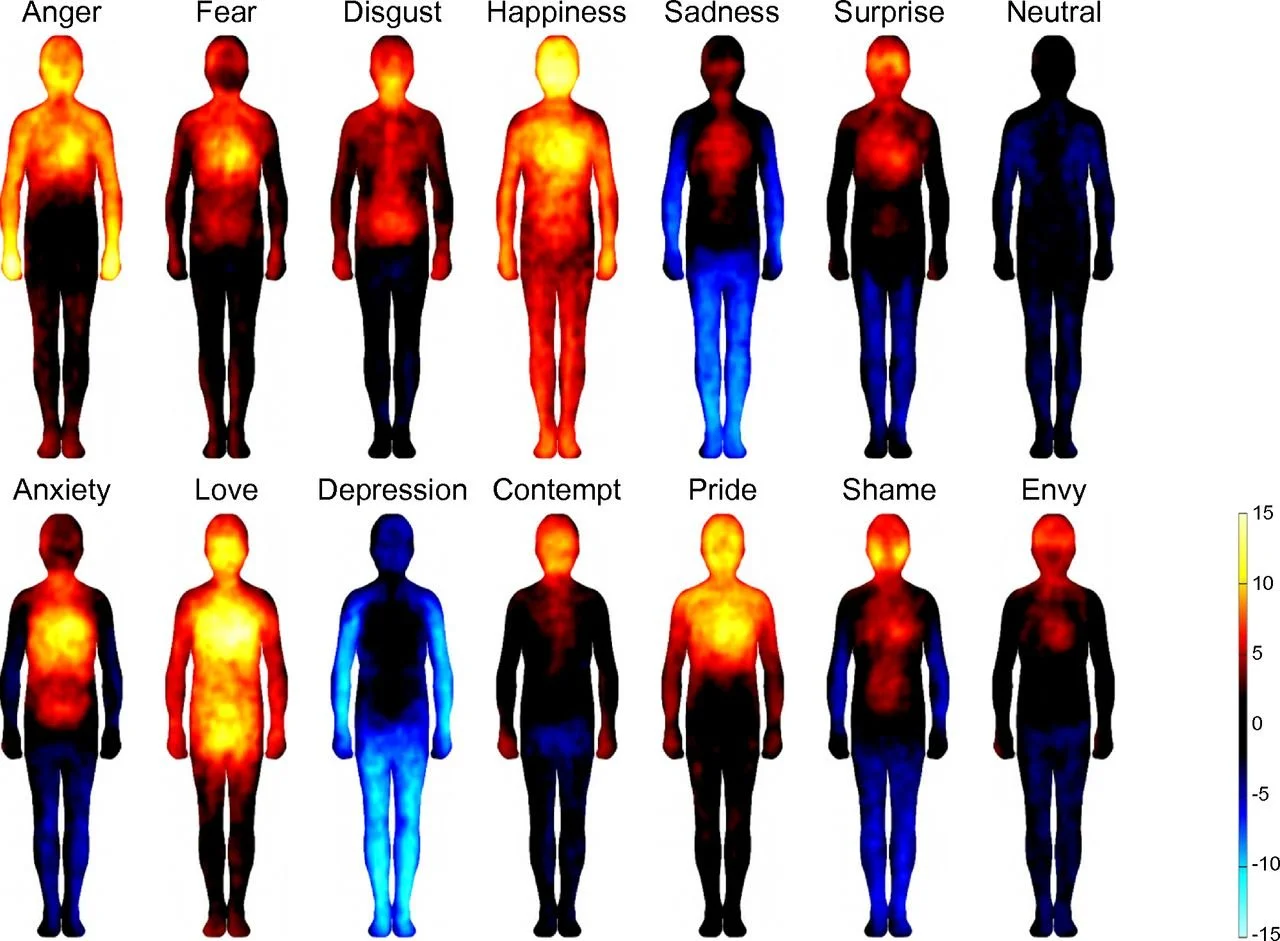Tools to Get your Feelings Back in Your Control
When you feel overwhelmed or unsure of what to do, it can be hard to find words to describe your emotions. However you ended up here, I’m glad you’re looking for tools on how to understand and work with your emotions, and I’m here to help. As someone who is deeply interested in personal development, I’ve spent the last few years studying and researching to understand my own emotions and unpack my own experiences so I can give that clarity back to others. You probably have questions about something you’d like to unpack yourself, but first, we need to understand the signals your body and mind are sending you in order to help you understand the depths of what you are currently processing. In this article, you’ll find a few tools to help you do just that.
Feelings vs. emotions and how to react
Before we get started, I’d like to make sure we’re working with the same definitions of feelings and emotions. Although feelings and emotions are often used interchangeably, I think it’s important to note the difference.
Feelings are the sensations we feel in our body such as pain, hunger, or exhaustion. These feelings send a signal to our brain to react in some way--classic stimulus and response. Responses might include eating some food, getting some sleep, or being more careful around hazardous situations.
Emotions are sensations or vibrations that we feel in our bodies and originate in our minds. Because emotions originate in our minds, these emotions are often shaped by our thoughts. Responses to your emotions are much more personalized and depend on an individual’s upbringing and personal practices.
TLDR; Feelings originate in our body, and emotions start in our mind. Now that we understand a few working definitions, let’s get into some tools.
Meditation to master your emotions
If you’re struggling to name your feelings, then it may be because you are distracted by your thoughts clouding your mind and preventing you from clearly recognizing your emotions. Creating a meditation practice can help clear the fog in your mind by giving yourself space to hear your thoughts so they can clear space for you to know your true emotions. Remember that meditation can be simple. No aromatics or yoga or hoopla is necessary. Give yourself five to ten minutes to focus and be still with one emotion at a time as much as possible. Be curious and ask yourself questions such as: What is going on? Why am I here? Where is this emotion in my body? What does it feel like? Can I describe it? Does it feel hot? Cold Moving? What about stinging? Rumbly? Does it feel like pressure, like a tea kettle before it whistles? By opening a conversation with this emotion, you invite it to tell you the important information.
Emotion mapping to identify your emotions
Another tool to help you name your emotions is to understand the emotional mind-body connection through emotion mapping. Emotion mapping helps you name your feelings when you don’t have the words but you feel the emotion in your body. Based on a study by Lauri Nummenmaa, Enrico Glerean, Riitta Hari, and Jari Hietanen, psychologists and professors, there are areas of our body largely associated with each emotion.
Participants in the study colored in maps of body locations where they feel basic emotions. Warm colors show regions that are active during the emotion, and cool colors are regions that are deactivated during the emotion. Image: Lauri Nummenmaa, Enrico Glerean, Riitta Hari, and Jari Hietanen. (Source) IMAGE ID: multiple body outlines depict where humans feel activated and deactivated when experiencing anger, fear, disgust, happiness, sadness, surprise, neutral, anxiety, love, depression, contempt, pride, shame, and envy.
Think of it this way: We use terms like “getting cold feet”, “heartbroken”, or “sent a shiver down my spine” to describe emotions already. This study quantifies how emotions tend to show up in our bodies. Some people are more kinesthetic observers, meaning they may learn and process more according to how they feel or move. If this sounds like you, try meditating on where you feel your emotion in your body, both where it feels like you’ve been activated and deactivated. Then, use this chart above to identify and name the emotions you’re feeling. If this is an effective practice for you, you may also be interested in somatic work to help you process some of the emotions you are feeling. Using emotional mapping will help you name your emotions when you don’t have the words but you feel their effects in your body.



When you feel overwhelmed or unsure of what to do, you need to understand the signals your body and mind are sending you. In this article, you’ll find a few tools to help you do just that.